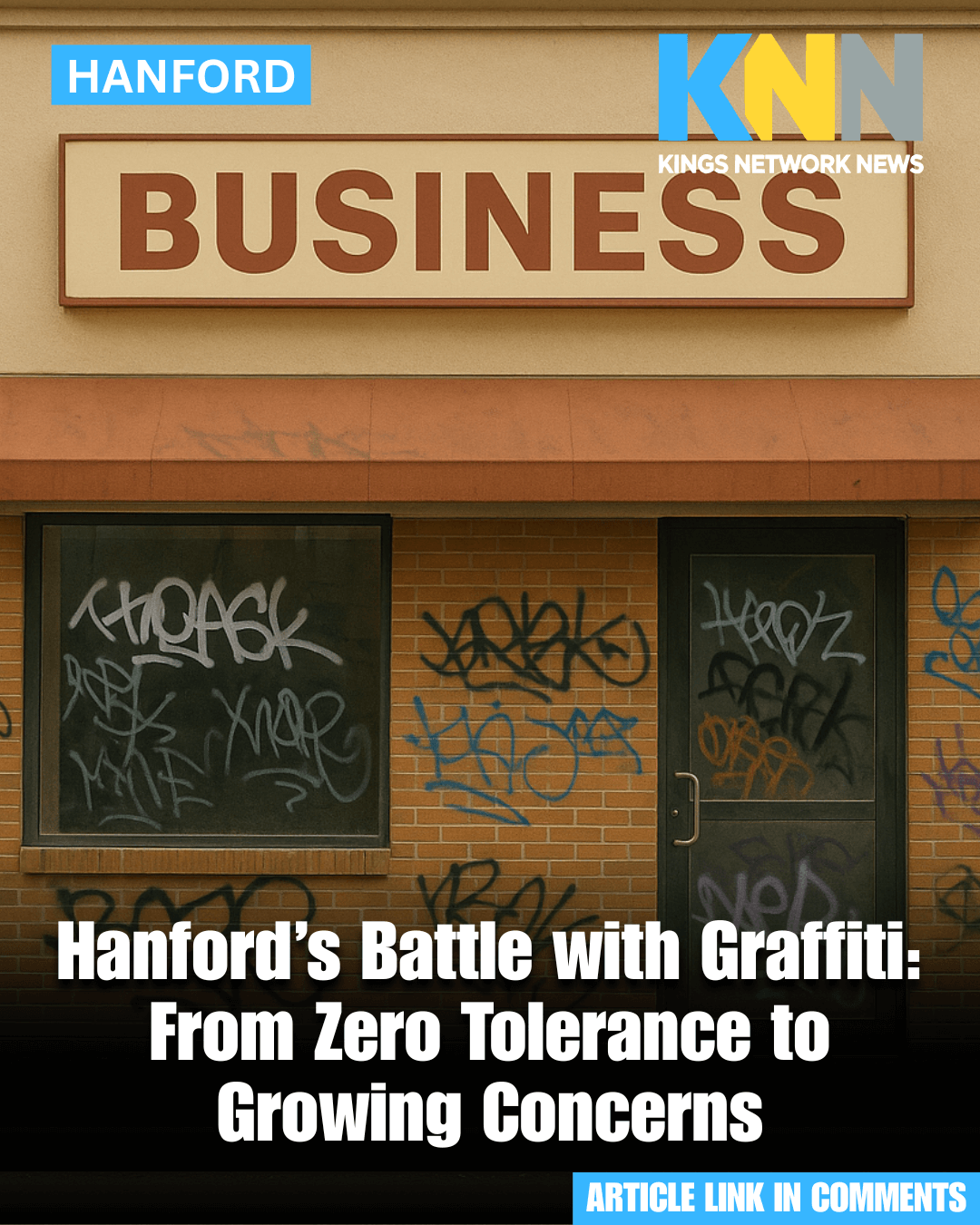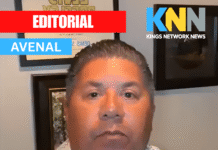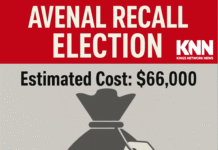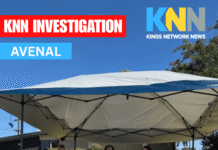August 27, 2025
In 2021 the City of Hanford implemented a strict non-tolerance policy toward graffiti. At the time, city officials created a dedicated team responsible for removing graffiti from city property and other targeted locations, including underpasses and public structures. The goal was straightforward: if graffiti appeared, the team would act quickly to clean it up and discourage further tagging. For several years the program was viewed as an effective way to keep city property clean and send a message that vandalism would not be tolerated.
Fast forward to 2025 and the situation looks very different. Residents throughout Hanford are reporting that graffiti has become more visible than ever. It is not only appearing under the overpasses but also spreading to neighborhoods, business districts, and residential walls. Calls and complaints to the city have increased, and community members are expressing frustration that what was once considered under control has now become a growing problem.
As part of this report, I reached out to the City of Hanford for clarification on whether the graffiti cleanup team still exists and how the program currently operates. As of the time this article was written, no response has been received to my email inquiry. This lack of information has only added to the uncertainty many residents already feel about how the city is handling the situation.
The Impact on Residents
For residents who drive through town daily, graffiti is more than just an eyesore. Many feel it gives the impression that neighborhoods are neglected and that local authorities are not maintaining the same level of enforcement as in years past. Longtime residents remember when graffiti was quickly removed, sometimes within days, but now conditions have changed.
One of the most common complaints is the time it now takes for graffiti to be cleaned up. Back when the program was actively enforced, removal often happened within two or three days. Today, the cleanup can take two to three weeks. In some cases, the graffiti is not removed at all. This delay has created frustration and concern that the city’s commitment to its non-tolerance policy has weakened.
This cycle of vandalism and slow cleanup can lead to what criminologists call the “broken windows effect.” The theory suggests that visible signs of disorder, such as graffiti or vandalism, create an environment that invites more crime and discourages positive community behavior. In Hanford’s case, unchecked graffiti has the potential to erode the sense of pride and safety that the city has worked to build over the years.
The Burden on Businesses
The issue does not stop with residents. Local businesses are also impacted by the rise in graffiti. Storefronts, walls, and even signs have become frequent targets. Business owners already carry the cost of running their operations, paying employees, and contributing through local taxes. On top of this, they now face the additional burden of either cleaning up graffiti themselves or hiring private contractors to remove it.
This responsibility is not only unfair but also counterproductive. Businesses contribute to the community through sales taxes, property taxes, and employment opportunities. They are essential to the health of Hanford’s economy and to the vitality of its downtown and commercial areas. Expecting them to shoulder the responsibility of cleaning up vandalism places an unnecessary financial and emotional strain on them.
If the city implemented a non-tolerance policy, then it should also be responsible for following through on that commitment. A citywide graffiti cleanup program that includes businesses at no additional cost would create a fairer system. Business owners should not be punished for crimes committed against their property. They should be able to focus on serving customers and creating jobs, not scrubbing away paint left by vandals.
Why It Matters Economically and Socially
The presence of graffiti can discourage potential customers from entering certain areas, especially when vandalism is left in plain sight for long periods of time. A storefront that appears neglected can give the impression of danger or disorder, which drives foot traffic away. This not only hurts the individual business but also weakens the overall local economy. When downtown districts or shopping centers look run down, they lose their appeal as destinations.
From a psychological standpoint, studies have shown that people are more likely to shop, dine, and invest in areas that feel clean, safe, and inviting. The presence of graffiti undermines this sense of security. In contrast, areas that are well maintained encourage both residents and visitors to feel welcome and to spend money locally.
If graffiti is addressed swiftly, it sends a signal that the city is protecting its business community and reinforcing a positive environment. When it is left to linger, the opposite signal is sent: that the city is neglecting its role and that businesses must fend for themselves.
A Call for Solutions
The unanswered question is whether the city still has an active graffiti cleanup team and, if so, how it is being deployed. If the program has been reduced or eliminated, residents and business owners deserve clear answers. The original 2021 non-tolerance policy was built on the idea of swift action. That urgency is now missing, and both residents and business owners are calling for renewed focus.
A sustainable solution would be a program where graffiti removal is prioritized across all areas, including private business properties, at no extra charge. Since businesses already pay taxes to support city services, the cost of cleanup should be absorbed as part of the city’s responsibility to maintain public order and economic stability. Such a system would create a win-win situation: residents would benefit from cleaner neighborhoods, businesses would no longer be unfairly burdened with removal costs, and the city would demonstrate that it values the economic health of the community.
Looking Forward
As Hanford continues to grow, addressing graffiti will remain a visible marker of how the city values its neighborhoods and businesses. Quick cleanup not only restores order but also reassures residents, visitors, and entrepreneurs that Hanford is a community worth investing in. Without timely action, the problem expands, discouraging growth and weakening community pride. With consistent enforcement and a fair program that supports both residents and business owners, Hanford can reclaim the cleaner, more welcoming streets that people remember from the past.
Graffiti will always exist in some form, but how the city responds makes all the difference. The choice is whether Hanford allows vandalism to define its appearance, or whether it invests in solutions that create a thriving, safe, and inviting environment for everyone.









